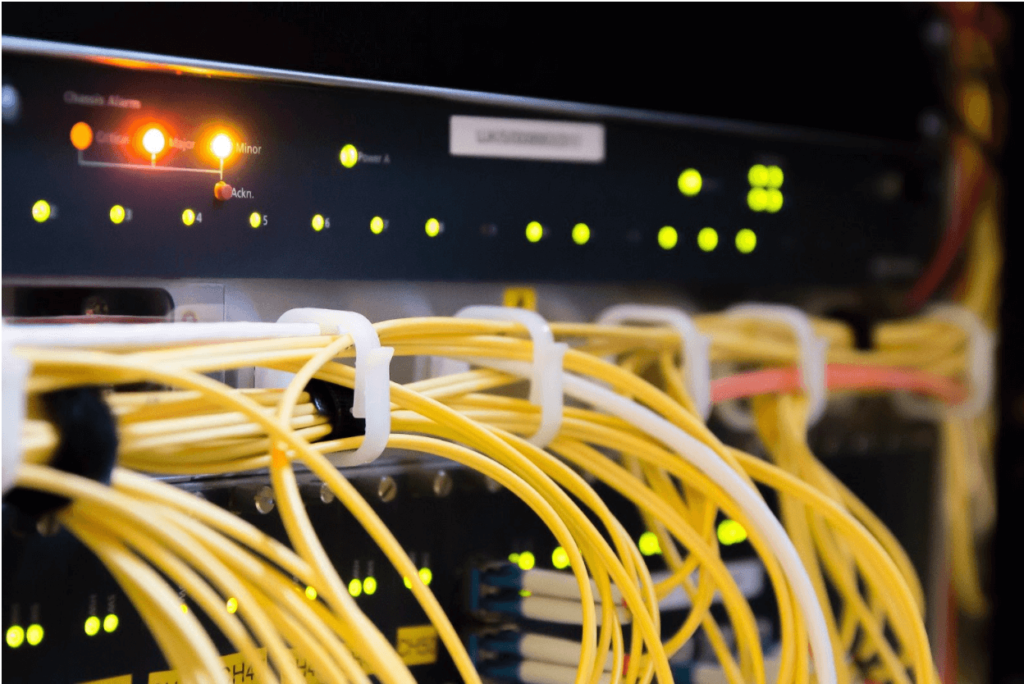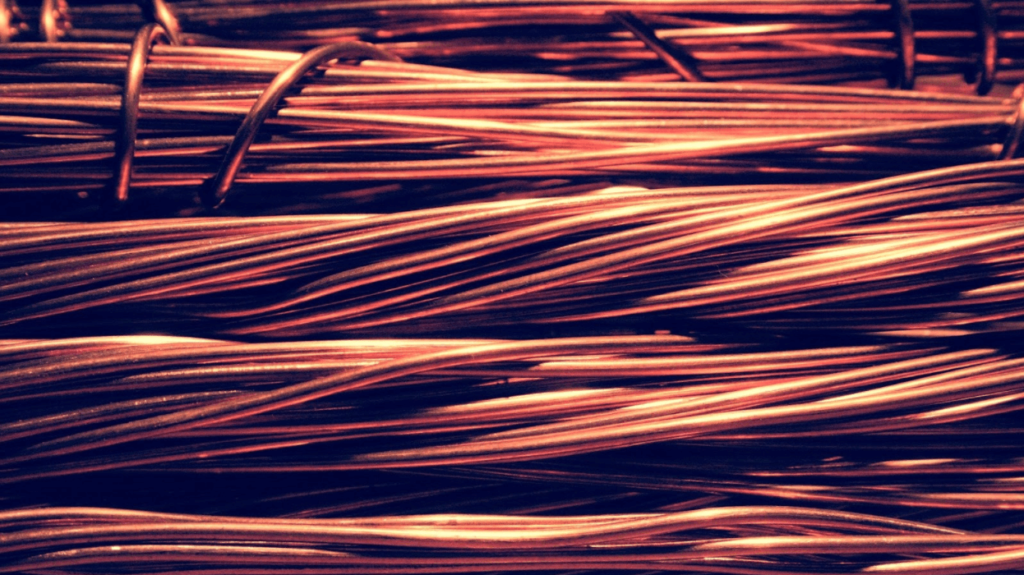Wire harnesses are an integral part of any industry that deals with electricity. Whether you’re in the automotive, aerospace, or military sectors, wire harnesses are there to help make your life easier. For this blog post, we will be focusing on how to assemble a wire harness. Let’s have a closer look at the process.

Step 1: Design
Before you can assemble anything, you need to know what it is that needs assembling. Take the desired product and break down its parts into individual pieces. This will be your initial design idea for how things will layout once they’re all put together.
Designing helps to arrange the pieces to fit together correctly and be easy to work with. As part of engineering, you want to make it easy for your team and yourself so that you can assemble the wire harness on time. The faster everything moves, the quicker we get our product out on the market.
Step 2: Prototyping
Now that you have your design, it’s time to make a prototype. In the case of wire harnesses, this is relatively easy since we’re talking about an electrical product and not anything mechanical or biological. As stated by the team behind Allplant wiring harnesses, you need to grab all the pieces from Step one and lay them out over a piece of paper to mimic what your final product will look like.
From there, you can use a marker and trace the parts onto the paper so that everything lines up properly. Once this is done, you should have an accurate prototype for what your final wire harness will be made of and how it’s arranged. This gives everyone on your team a visual representation of what needs to be done.
Step 3: Production and Assembly
Now that you have your design prototype, it’s time to start assembling the wire harness. This is the stage where things get tricky because there are a lot of different pieces, and not everything fits together smoothly since they were all made by hand. Therefore, be prepared for complications when putting everything together, which might require some reworking or even scrapping pieces.
At this stage, you also need to make sure that the individual pieces are all put together in a manner conducive to how they were initially designed. This means making adjustments and taking measurements until everything fits properly and no wasted space or parts are sticking out awkwardly. You don’t want your wire harnesses looking like an eyesore; you want them to look as clean and professional as possible.
This step will involve wire cutting, stripping, assembly, and soldering, and heat shrinking of wire connections. There will also be some electrical testing, though it is done more at the end of production than during it.
Steps One through Three are all part of assembly management, where you have to account for how much time each task takes so that nothing falls behind or gets rushed.
Steps 4: Quality Control
As with everything else, there is always the chance that something might go wrong during assembly. It would be best if you were prepared for this and had a plan in place so that you could fix any issues before they become too serious or damage your final product.
While quality control may seem like it’s only needed at the end of production, everyone should constantly be checking their wire harnesses as they go. This will ensure that everything is being completed to your standards and there are no loose ends or missing parts.
When it comes to assembling a wire harness, good communication between all team members will be necessary to run smoothly. You don’t want too many people trying to handle the same part of the process since it could lead to mistakes and delays. Make sure that everyone is on the same page, knows what they’re doing, and has a clear idea about how long things will take so that you can stay on schedule without rushing toward the end.
Step 5: Packaging and Delivery

Once your wire harnesses are assembled, it’s time to package and deliver them. Good organization comes into play when you don’t want the boxes getting mixed up or delivered out of order because that will cause a problem with delivery times. You should have already scheduled all this ahead of time so that there aren’t any surprises or last-minute changes.
Packaging is also essential to ensure that your wire harnesses are safe during shipment and don’t get damaged or scratched. You should have everything clearly labeled, so there’s no confusion about where things go, especially if you’re sending them out across the country or even overseas.
In conclusion, it can be tricky to assemble a wire harness on your own. That’s why we recommend hiring professionals who know how to handle the job and get it done on time without anyone getting stuck or running into problems along the way. This guide should give you a head start, but if you need additional assistance or advice, don’t hesitate to get in touch with experts for more details.





